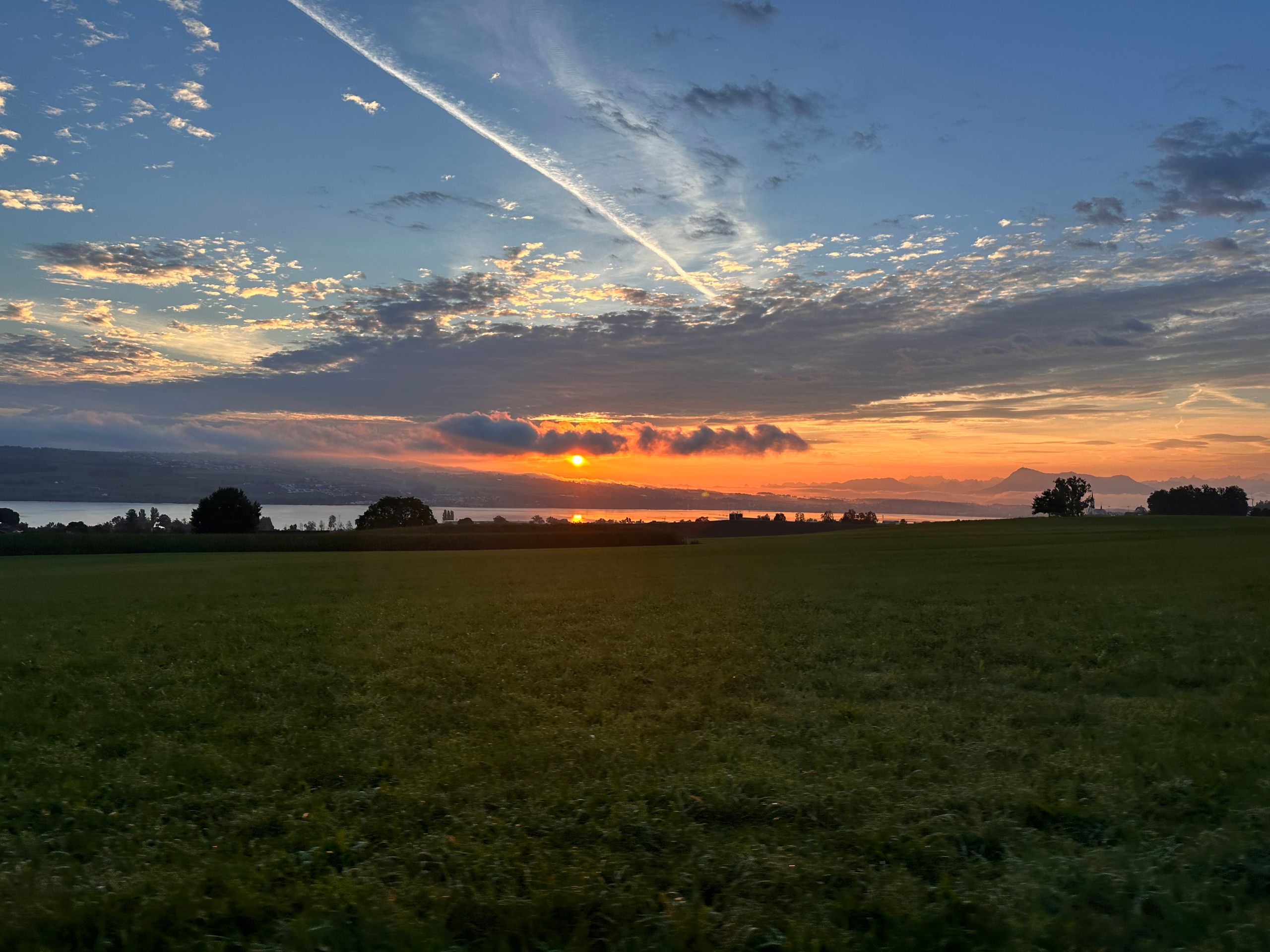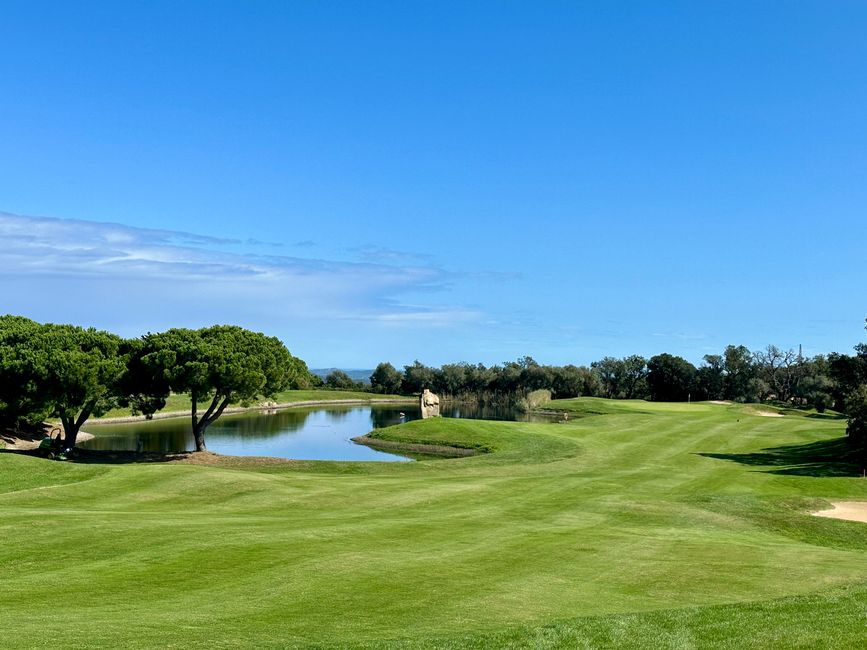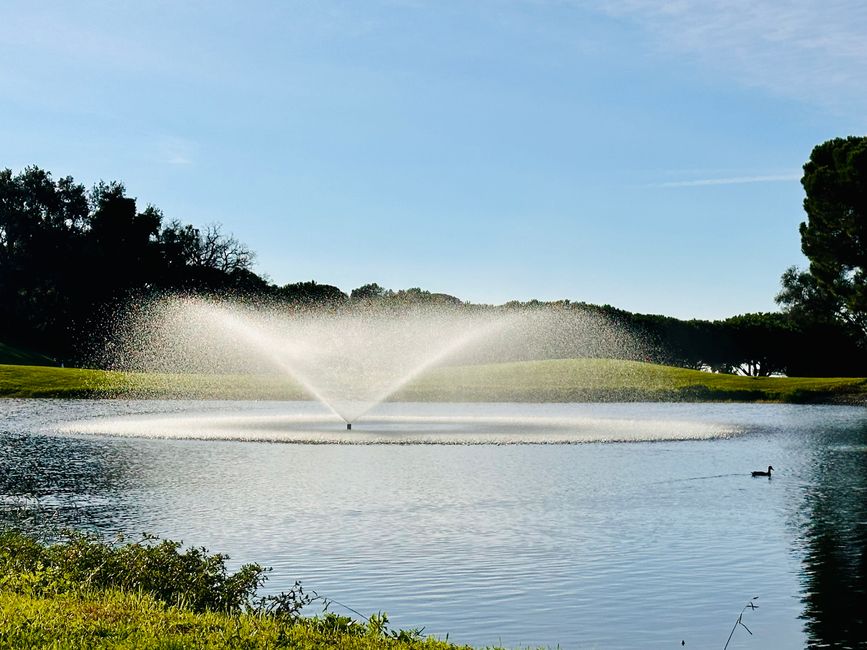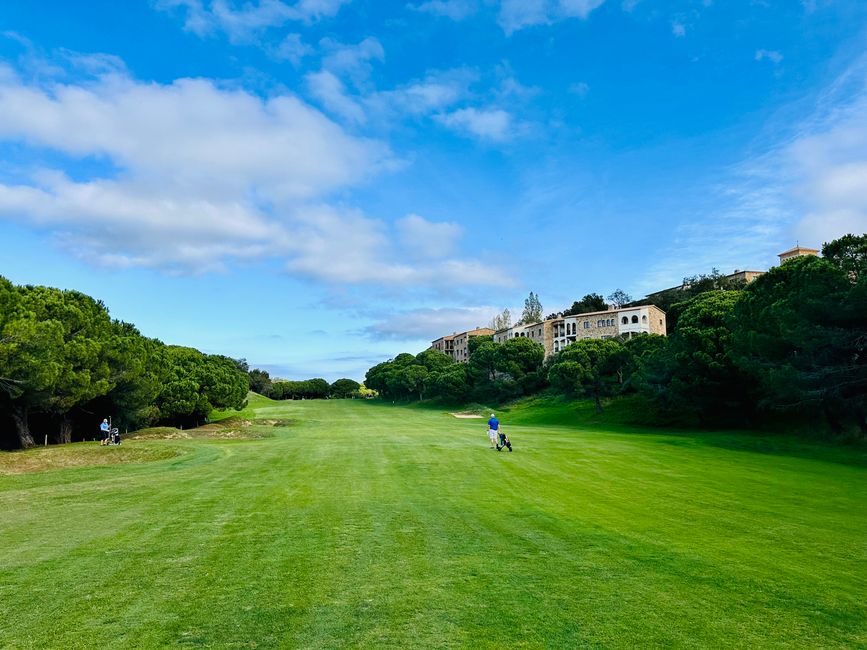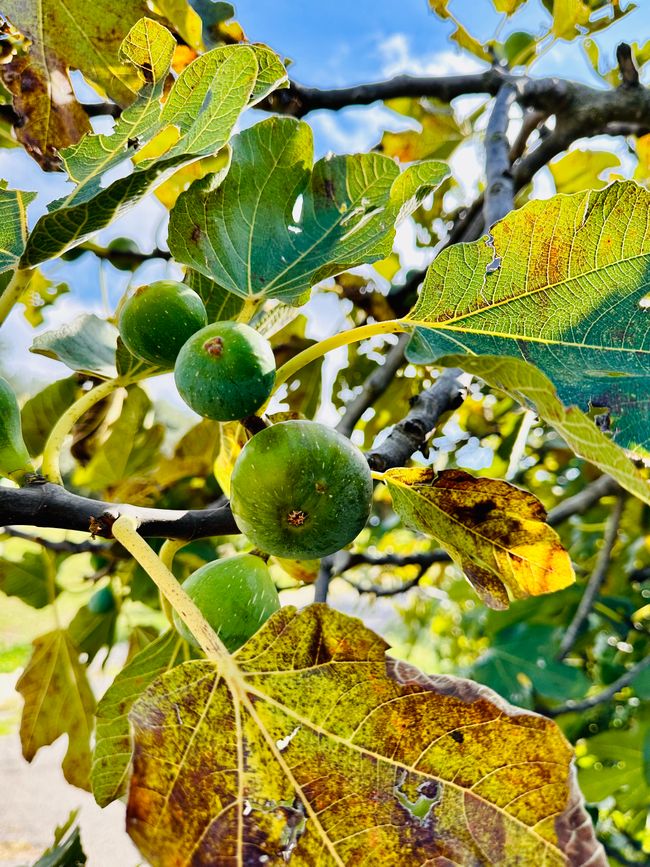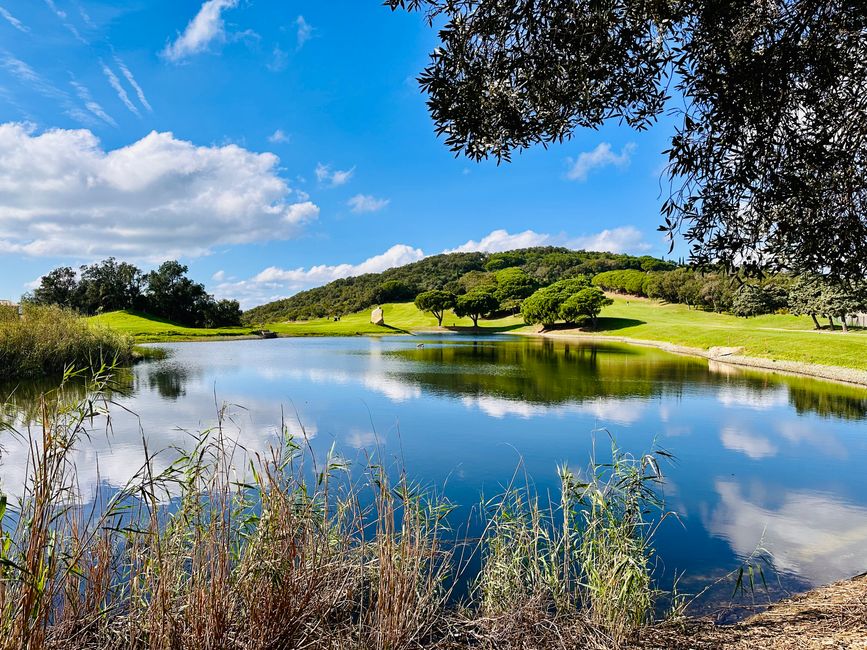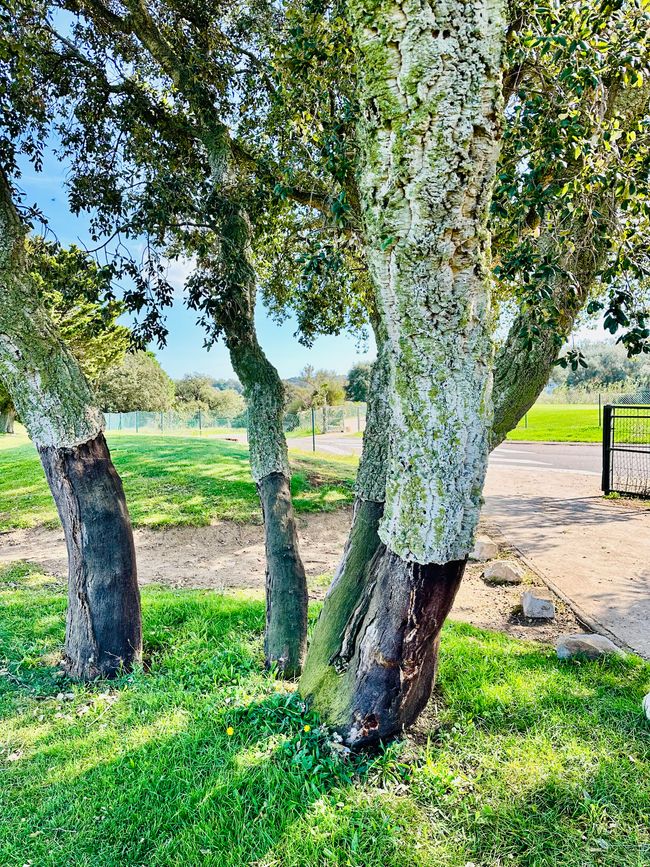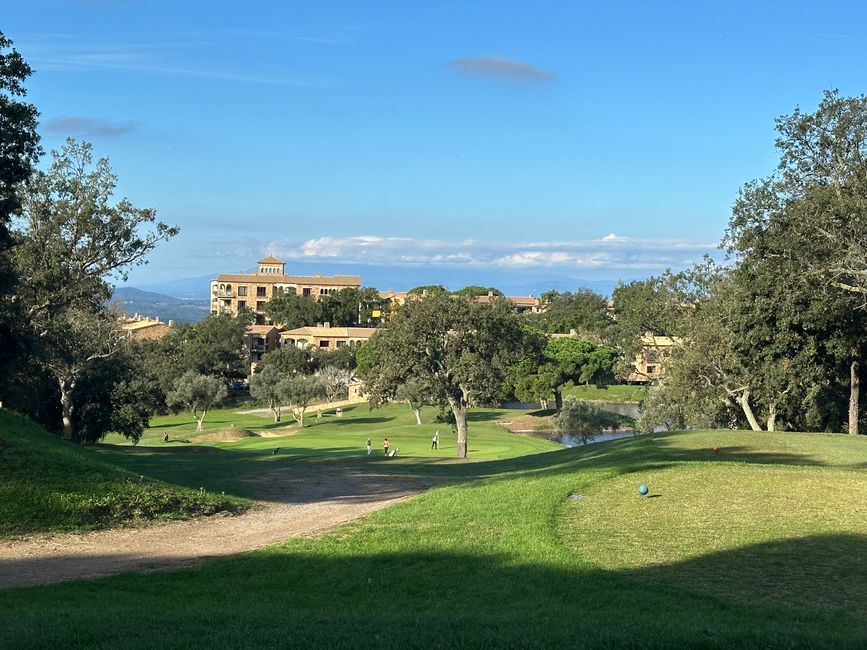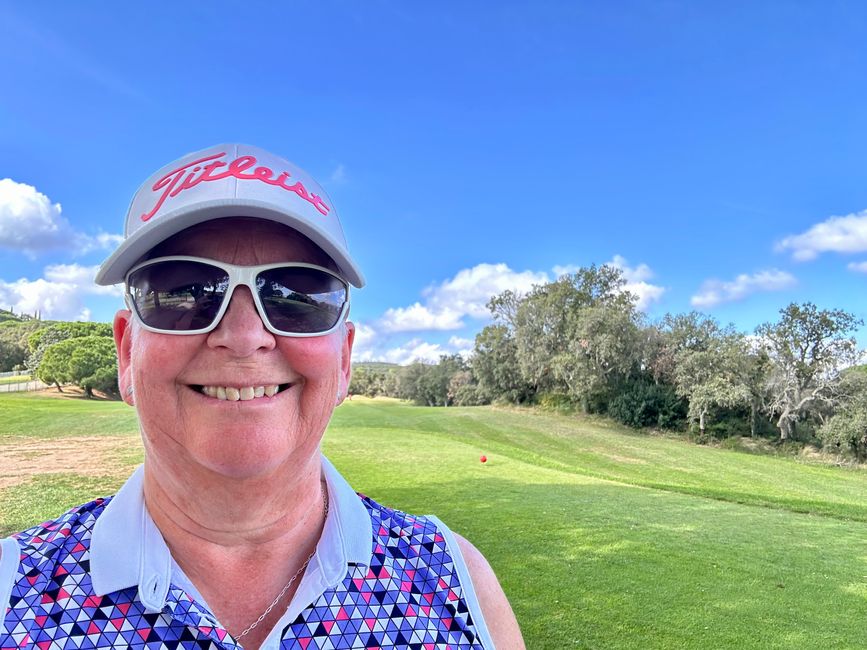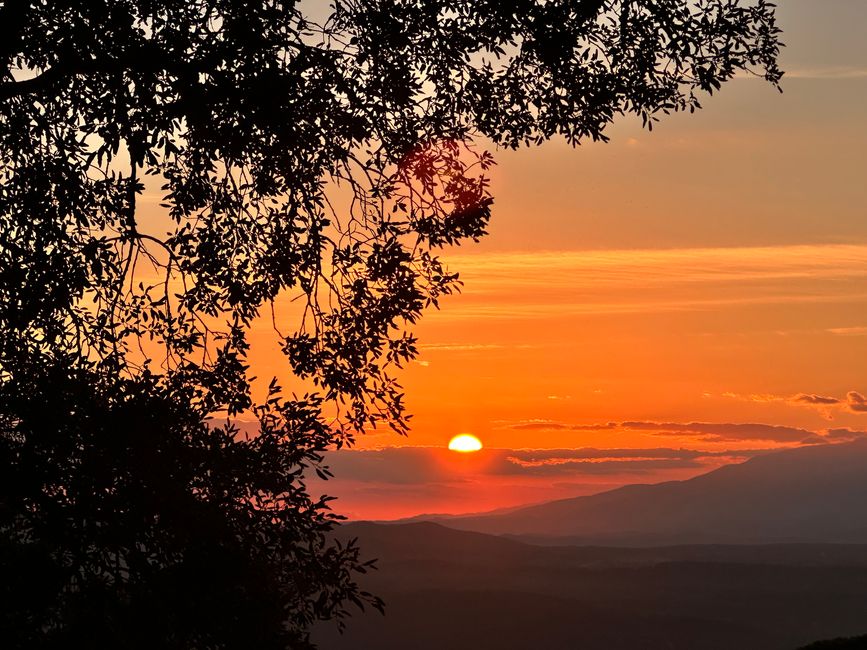Golf d'Aro the 4th Round
ተሓቲሙ: 22.10.2024
ንዜና ሳብስክራይብ ግበሩ
Since we have played the Golf d’Aro course for the 4th time today, there isn't much more to say about it.
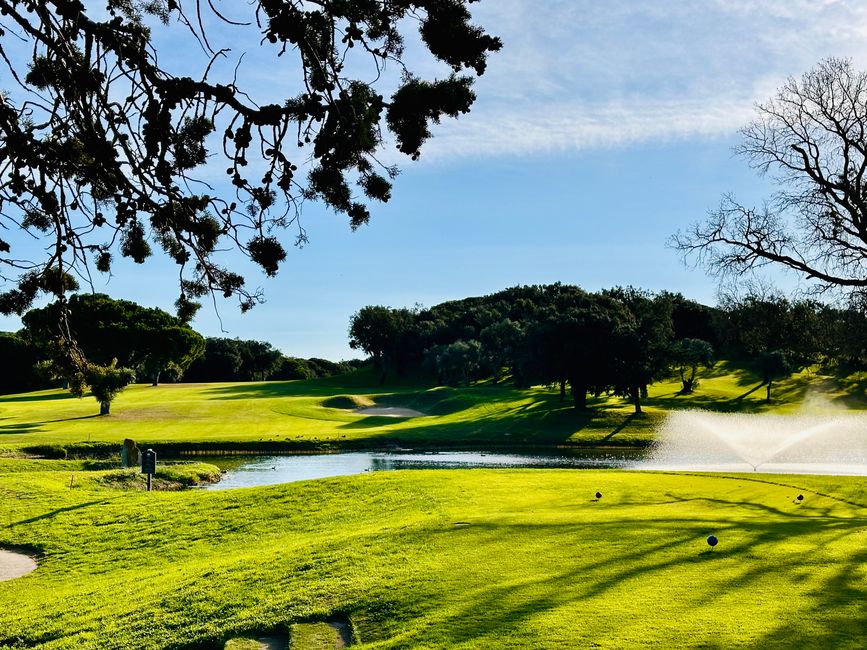
My husband could certainly report on the challenges of all 18 holes, as he knows exactly what he played where after each round and can still remember it in the next round. I can't even recall what I played on the previous hole at the next hole.
However, I do have something like a favorite hole, as I managed to get a Par twice, which is quite good for my standards. It's hole 15, which I particularly like. A Par 4 with a spectacular view, a downhill hole, with a bunker as a side hazard on the right and pine trees on the left. This requires a long straight drive and precise play, as there is water to the left all the way to the green starting from 100 meters. There are also 2 bunkers to overcome at the green. It is the 4th most difficult hole on the golf course and it's a lot of fun to play.
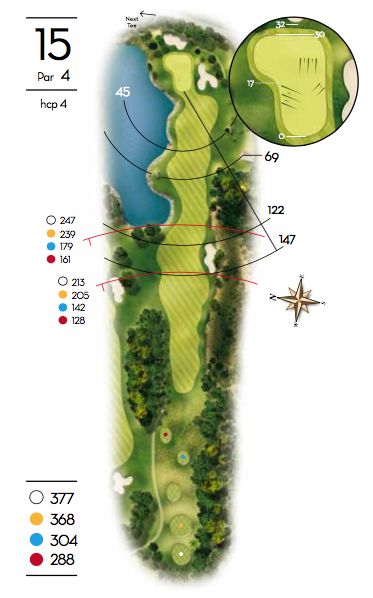
Today I personally did not improve. This is mainly because the game was moving very slowly and we often had to wait a long time.
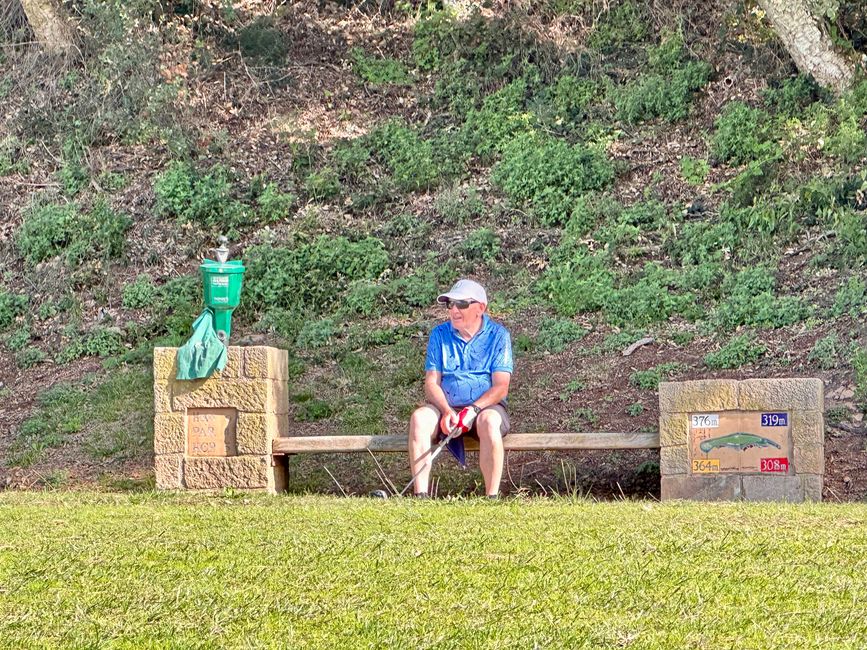
On the bright side, we had ample time to enjoy the view. The Golf d’Aro is known for its spectacular location in the hills above the Costa Brava with sea views, and the atmosphere is indeed very special.
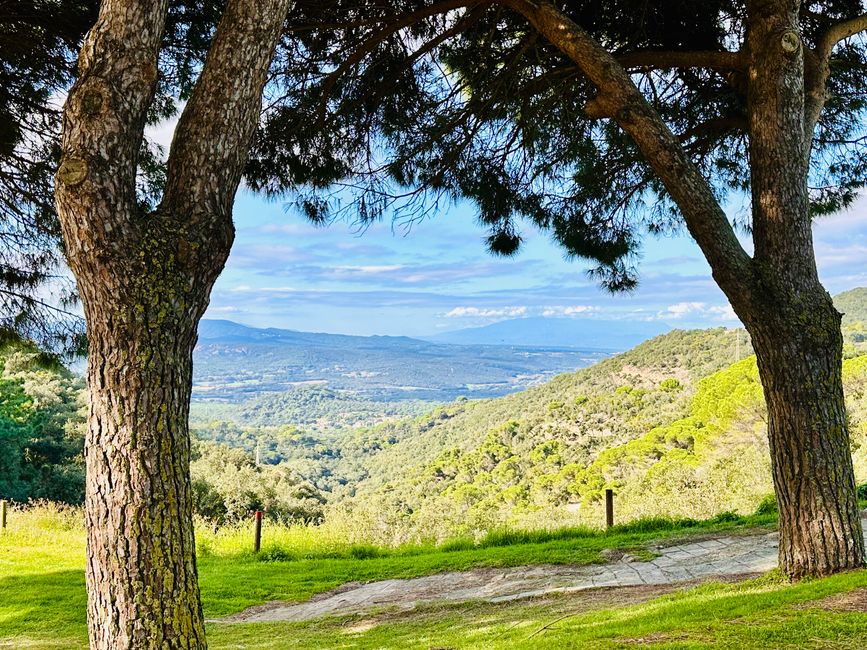
After the rain last Friday, today's weather was perfect for golf with sunshine, little wind, and 24 degrees. It should continue like this.
I was asked after the last entry about the terms in golf scoring, why the terms have bird names.
The golf scoring terms that include bird names like “Birdie”, “Eagle”, and “Albatross” have their roots in golf history and the vernacular of the 19th and early 20th centuries.
One theory suggests that the term “Birdie” originated in the USA around 1903. In the vernacular of that time, “bird” meant something particularly good or outstanding. Thus, a stroke that was under par was referred to as a “Birdie” - something particularly remarkable.
Another fun theory about the term Birdie began in 1899 in New Jersey. It turned out that on a game day three golfers were playing when one of them hit a bird in flight with their ball on their second shot, and it landed very, very close to the hole. The teammates said it was a stroke of luck for a “Birdie”. It wasn't long before it spread throughout the USA and later to other countries.
This marked the beginning of using bird names to designate certain golf shots. Due to the use of Birdie for a lower par, it was deemed appropriate to use a bigger bird the better the shot was.
Since an
ንዜና ሳብስክራይብ ግበሩ
መልሲ
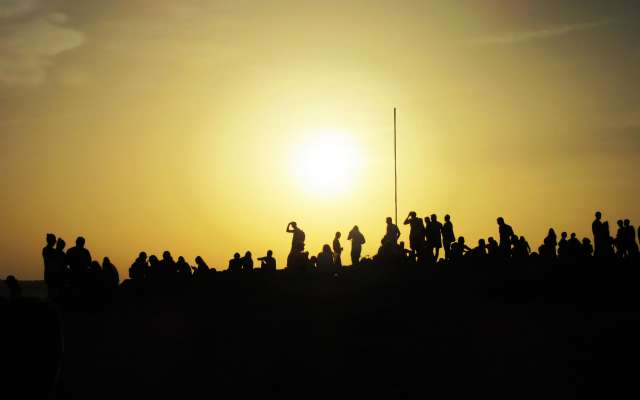
ጸብጻባት ጉዕዞ ስጳኛ
